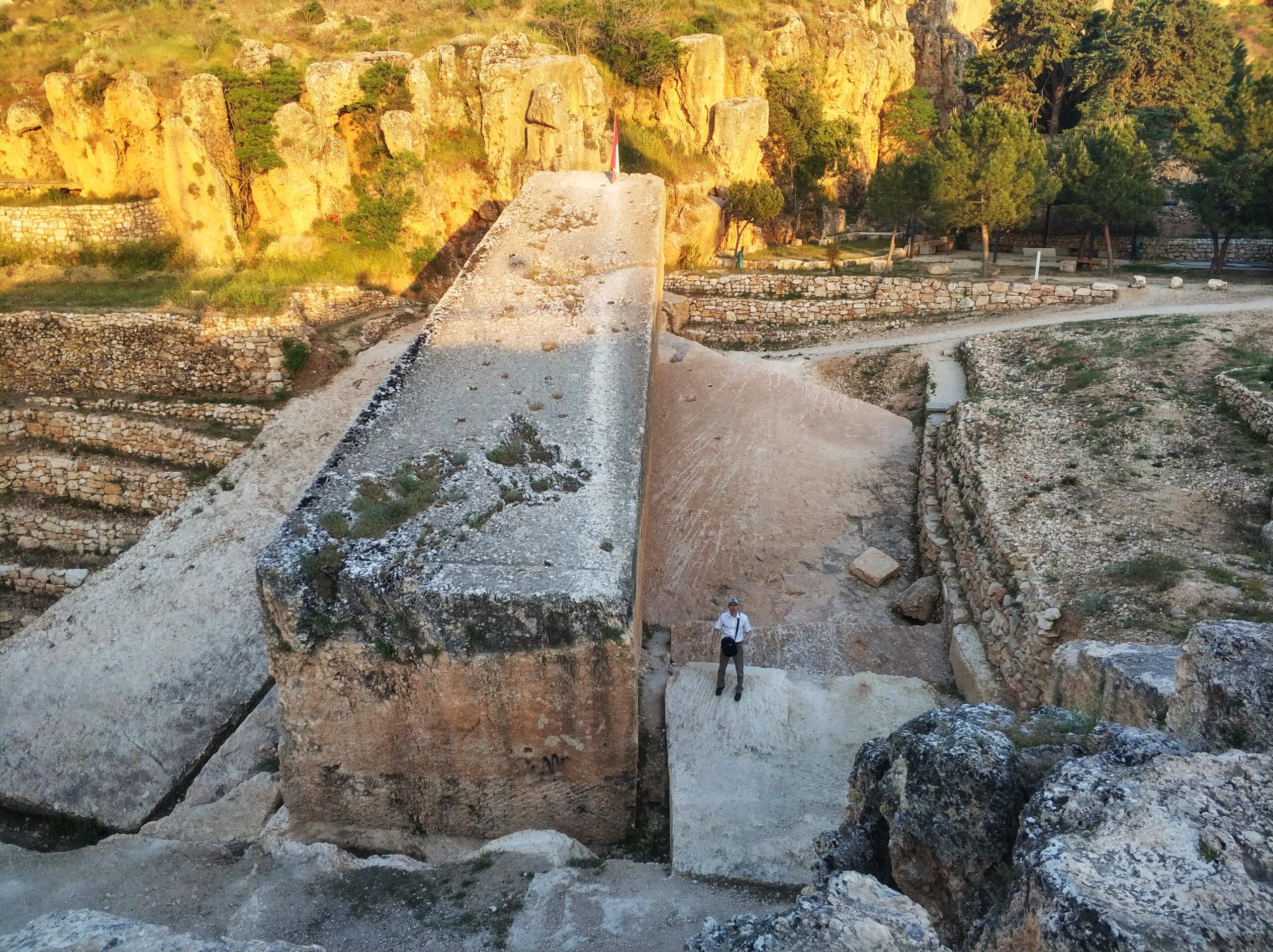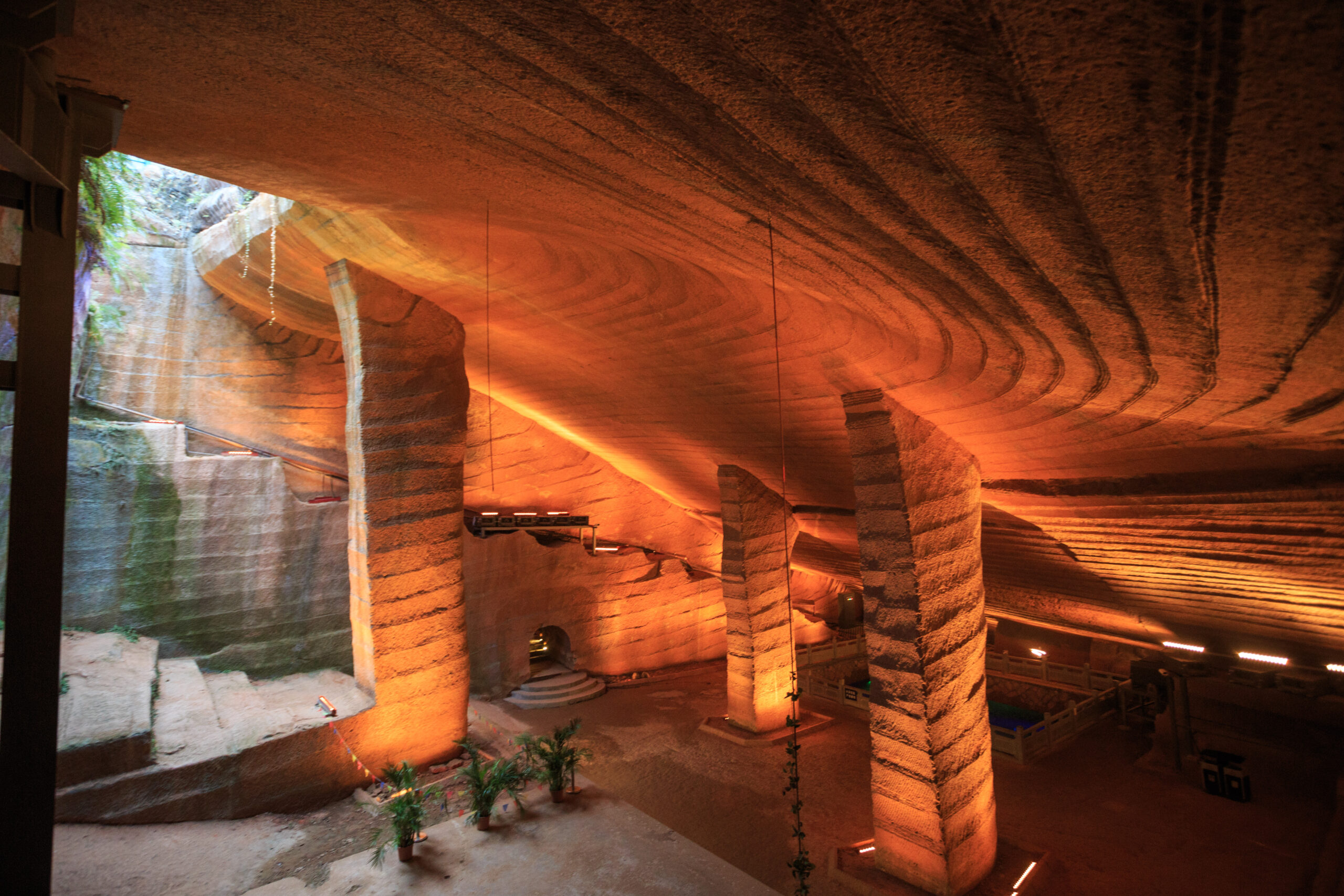
Tucked under Royston, Hertfordshire, in England, the Royston Cave emerged in 1742 when a worker digging near a market cross struck a hidden chamber. This bell-shaped hollow, carved 25 feet into chalk, measures 17 feet wide and 26 feet tall, its walls bearing medieval carvings of knights and crosses tied to the Knights Templar. Found filled with debris, it hints at a rushed cover-up after the order’s fall in 1312. That Templar link makes it a gripping mystery worth digging into.
The Royston Cave’s Templar Traces
In 1742, a laborer broke through to this cave, revealing a shaft clogged with soil and bones, soon cleared to show carvings of armored figures and Templar-style crosses etched in chalk. The Knights Templar, a powerful order nearby until their 1312 dissolution by Pope Clement V, left such symbols across Europe. Could they have sealed it as King Philip IV hunted them down? That hasty burial suggests a secret they couldn’t risk losing to their foes.
Crafting the Royston Cave for the Order

This space, dug with picks into soft chalk between the 1200s and early 1300s, spans 17 by 26 feet with a ledge and niches hinting at gatherings. The Templars, known for bases in nearby Baldock, likely shaped it as a refuge or ritual site before their end in 1312, matching the carvings’ style. Local chalk made it quick to carve, yet discreet. Did they plan it as a fallback if their power slipped? That fits their knack for hidden strongholds.
A Templar Purpose Lost
Theories lean hard on the Templars, with knightly carvings fueling ideas of secret rites or a stash for their famed wealth, seized by Philip IV in 1307. Some see it as a chapel, per Victorian scholar Joseph Beldam in 1884, though others suggest a hermit’s cell or later Masonic use, despite earlier art. No records pin it down, but the Templar collapse offers a clue. What if it held relics they couldn’t save? That gap keeps scholars guessing.
Why It Echoes Today

Managed by Royston Town Council with a 1790s tunnel for access, the Royston Cave draws visitors to its Templar echoes, preserved in chalk despite centuries. Unlike random caves, its knightly marks tie it to a fallen order, stirring tales of lost gold or rites. Modern scans might one day map its full story, linking it to 1312’s chaos. It’s a quiet nod to the Templars, still pulling us in.







